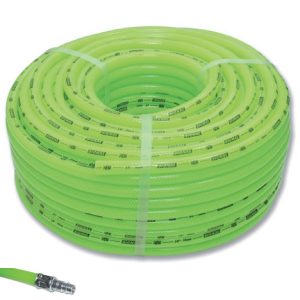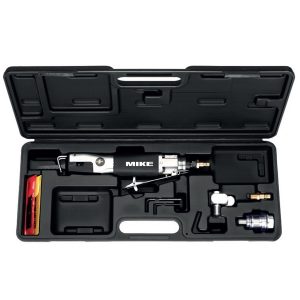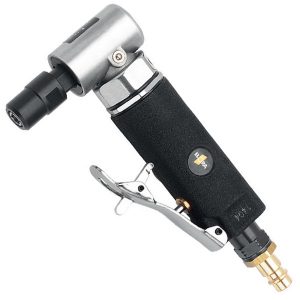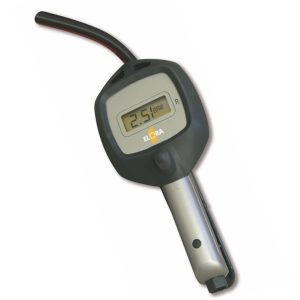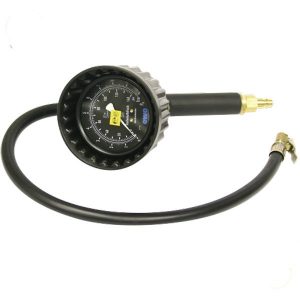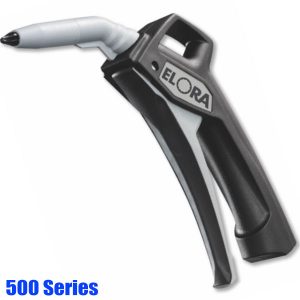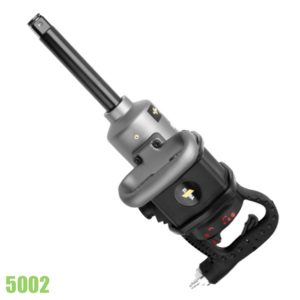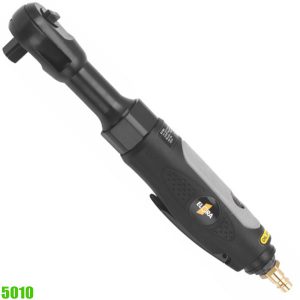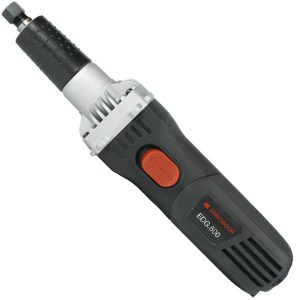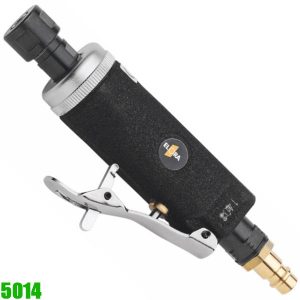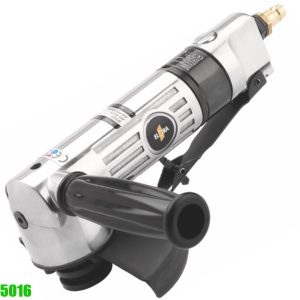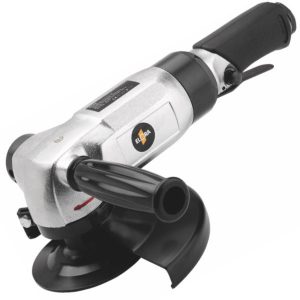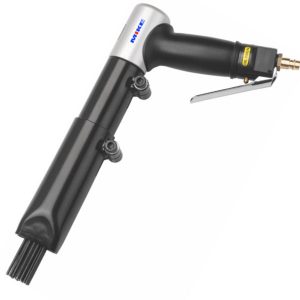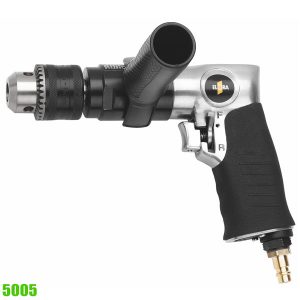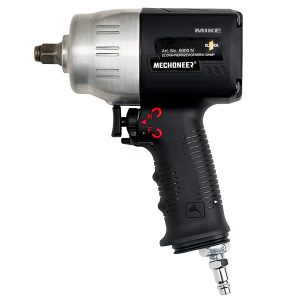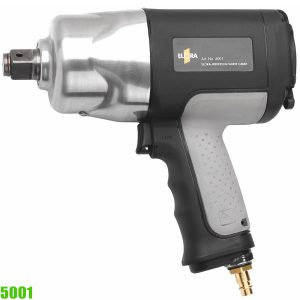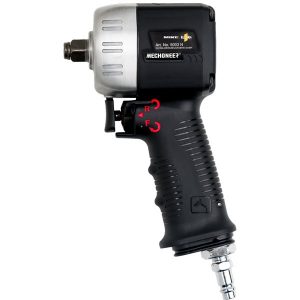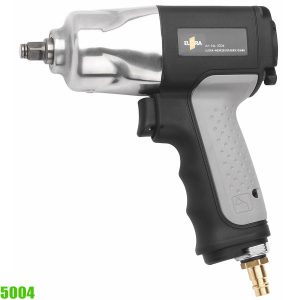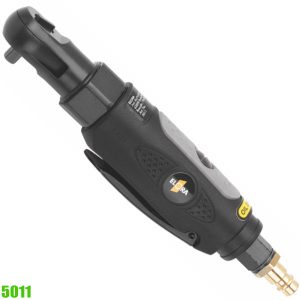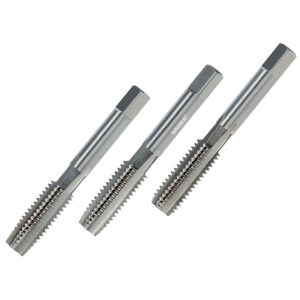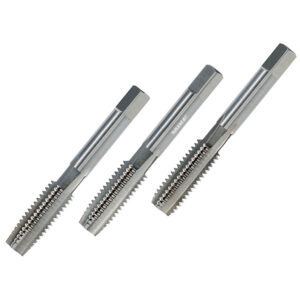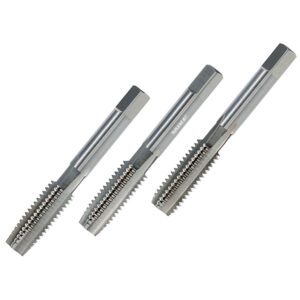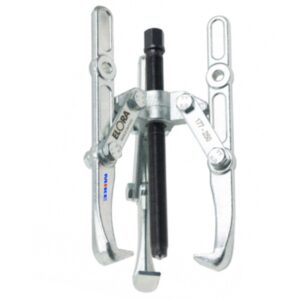Air tools, also known as pneumatic tools, are powered by compressed air and are widely used in the automotive industry. They offer several advantages over traditional hand tools, including increased power, speed, and efficiency. Here are some key points about air tools:
- Operation: Air tools require a source of compressed air to operate. This air is supplied by an air compressor, which compresses atmospheric air and stores it in a tank. The compressed air is then delivered to the tool through a hose, powering its operation.
- Power and Speed: Air tools are known for their high power-to-weight ratio, allowing them to generate significant torque and force. They are often more powerful than their electric counterparts, making them suitable for heavy-duty applications. Additionally, air tools provide high-speed operation, enabling faster completion of tasks.
- Versatility: Air tools come in various types and sizes to suit different automotive tasks. Common air tools used in the automotive industry include impact wrenches, air ratchets, pneumatic drills, sanders, grinders, paint sprayers, and air hammers. Each tool is designed for specific applications, such as loosening tight bolts, drilling holes, sanding surfaces, grinding metal, or removing paint.
- Efficiency: Air tools are known for their efficiency due to their lightweight design and reduced operator fatigue. The power is generated by compressed air, minimizing the physical effort required from the operator. This allows for prolonged use without excessive strain.
- Durability: Air tools are generally robust and durable, capable of withstanding demanding automotive environments. They are designed to handle high torque and repetitive use. Regular maintenance, such as lubrication, ensures their longevity.
- Safety: Air tools are generally considered safe to use when proper precautions are taken. However, it is important to wear appropriate personal protective equipment (PPE) such as safety goggles, gloves, and hearing protection. Additionally, air tools should be used with caution, following the manufacturer’s instructions and guidelines.
- Air Compressor Considerations: To power air tools, an appropriate air compressor is required. Considerations include the compressor’s capacity (measured in cubic feet per minute or CFM), pressure (measured in pounds per square inch or PSI), and the tool’s air consumption requirements. It’s important to match the compressor’s specifications to the tool’s requirements for optimal performance.
Overall, air tools are valued for their power, speed, and versatility in the automotive industry. They are commonly used in repair shops, garages, and automotive manufacturing facilities, where their efficiency and effectiveness contribute to increased productivity and enhanced workflow.
Pneumatic Tools
Showing all 20 results

